Kode Icd 10 Stemi Inferior
 How To Code Myocardial Infarctions In Icd 10 Home Health Coding Tip By Pps Plus Aug 2015
How To Code Myocardial Infarctions In Icd 10 Home Health Coding Tip By Pps Plus Aug 2015
ICD-10-CM Code I21.19

Tabular List of Diseases and Injuries
The Tabular List of Diseases and Injuries is a list of ICD-10 codes, organized "head to toe" into chapters and sections with guidance for inclusions, exclusions, descriptions and more. The following references are applicable to the code I21.19:
Inclusion Terms
Inclusion TermsThese terms are the conditions for which that code is to be used. The terms may be synonyms of the code title, or, in the case of "other specified" codes, the terms are a list of the various conditions assigned to that code. The inclusion terms are not necessarily exhaustive. Additional terms found only in the Alphabetic Index may also be assigned to a code.
- Acute transmural myocardial infarction of inferior wall
- Inferolateral transmural (Q wave) infarction (acute)
- Transmural (Q wave) infarction (acute) (of) diaphragmatic wall
- Transmural (Q wave) infarction (acute) (of) inferior (wall) NOS
Type 2 Excludes
Type 2 ExcludesA type 2 excludes note represents "Not included here". An excludes2 note indicates that the condition excluded is not part of the condition represented by the code, but a patient may have both conditions at the same time. When an Excludes2 note appears under a code, it is acceptable to use both the code and the excluded code together, when appropriate.
- ST elevation STEMI myocardial infarction involving left circumflex coronary artery I21.21
Index to Diseases and Injuries
The Index to Diseases and Injuries is an alphabetical listing of medical terms, with each term mapped to one or more ICD-10 code(s). The following references for the code I21.19 are found in the index:
Synonyms
The following clinical terms are approximate synonyms or lay terms that might be used to identify the correct diagnosis code:
- Acute myocardial infarction of inferior wall
- Acute myocardial infarction of inferior wall involving right ventricle
- Acute myocardial infarction of inferolateral wall
- Acute myocardial infarction of inferoposterior wall
- Acute Q wave infarction - inferior
- Acute Q wave infarction - inferolateral
- Acute Q wave myocardial infarction
- Acute Q wave myocardial infarction
- Acute ST segment elevation myocardial infarction of inferior wall
- Acute ST segment elevation myocardial infarction of inferior wall involving right ventricle
- Acute ST segment elevation myocardial infarction of inferolateral wall
- Acute ST segment elevation myocardial infarction of inferoposterior wall
- Acute ST segment elevation myocardial infarction of posterior wall
- Inferior myocardial infarction on electrocardiogram
- Postoperative myocardial infarction
- Postoperative transmural myocardial infarction of inferior wall
Diagnostic Related Groups
The ICD-10 code I21.19 is grouped in the following groups for version MS-DRG V37.0 What are Diagnostic Related Groups?The Diagnostic Related Groups (DRGs) are a patient classification scheme which provides a means of relating the type of patients a hospital treats. The DRGs divides all possible principal diagnoses into mutually exclusive principal diagnosis areas referred to as Major Diagnostic Categories (MDC). applicable from 10/01/2020 through 09/30/2020.
Convert I21.19 to ICD-9
Each year almost 800,000 Americans have a heart attack. A heart attack happens when blood flow to the heart suddenly becomes blocked. Without the blood coming in, the heart can't get oxygen. If not treated quickly, the heart muscle begins to die. But if you do get quick treatment, you may be able to prevent or limit damage to the heart muscle. That's why it's important to know the symptoms of a heart attack and call 911 if you or someone else is having them. You should call, even if you are not sure that it is a heart attack. The most common symptoms in men and women are You may also have other symptoms, such as nausea, vomiting, dizziness, and lightheadedness. You may break out in a cold sweat. Sometimes women will have different symptoms then men. For example, they are more likely to feel tired for no reason. The most common cause of heart attacks is coronary artery disease (CAD). With CAD, there is a buildup of cholesterol and other material, called plaque, on their inner walls or the arteries. This is atherosclerosis. It can build up for years. Eventually an area of plaque can rupture (break open). A blood clot can form around the plaque and block the artery. A less common cause of heart attack is a severe spasm (tightening) of a coronary artery. The spasm cuts off blood flow through the artery. At the hospital, health care providers make a diagnosis based on your symptoms, blood tests, and different heart health tests. Treatments may include medicines and medical procedures such as coronary angioplasty. After a heart attack, cardiac rehabilitation and lifestyle changes can help you recover. NIH: National Heart, Lung, and Blood Institute
Gallery Kode Icd 10 Stemi Inferior
Nc Division Of Public Health Icd 10 Implementation Project
 Updates To The 2020 Icd 10 Cm Guidelines Icd10monitor
Updates To The 2020 Icd 10 Cm Guidelines Icd10monitor
Common Icd 10 Coding Errors Post Implementation
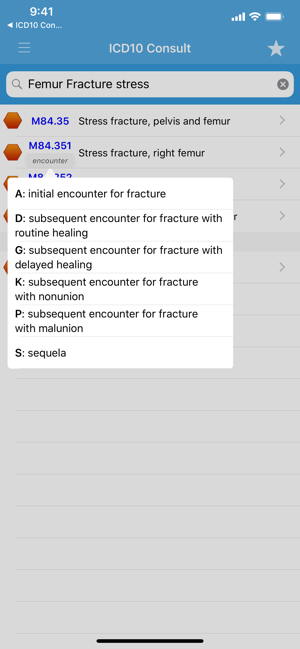 Icd10 Consult On The App Store
Icd10 Consult On The App Store
 Icd 10 International Statistical Classification Of Diseases
Icd 10 International Statistical Classification Of Diseases
 Pacemaker Basics Rebel Em Emergency Medicine Blog
Pacemaker Basics Rebel Em Emergency Medicine Blog
 Pdf Current Icd10 Codes Are Insufficient To Clearly
Pdf Current Icd10 Codes Are Insufficient To Clearly
Icd 10 Troubleshooting Inpatient Outpatient
 Coding Tip Reporting Intra Aortic Balloon Pump Iabp In
Coding Tip Reporting Intra Aortic Balloon Pump Iabp In
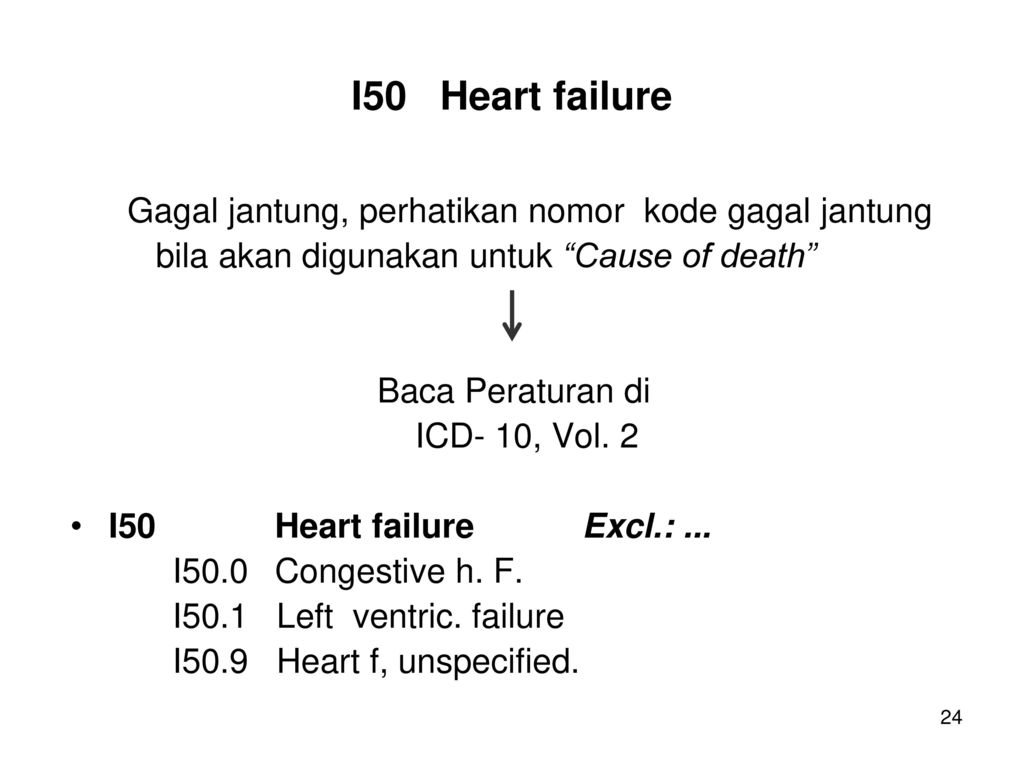 Kkpmt I 10 Icd 10 Chapter Ix Diseases Of The Circulatory
Kkpmt I 10 Icd 10 Chapter Ix Diseases Of The Circulatory
Icd 10 Mortality Manual 2a 2017
Conjunctival Pigmented Lesions Diagnosis And Management
 Oliver Monfredi Olivermonfredi Twitter
Oliver Monfredi Olivermonfredi Twitter
 Sepsis And Sirs Code It Right In Icd 10 Cm Aapc Knowledge
Sepsis And Sirs Code It Right In Icd 10 Cm Aapc Knowledge
Guide For Icd 10 S And Ambulance Services
 Doc Kode Pintar Icd 10 Along Nh Academia Edu
Doc Kode Pintar Icd 10 Along Nh Academia Edu
 Heart Failure Documentation And Coding Challenges Acp
Heart Failure Documentation And Coding Challenges Acp

 Hia Coding Tip Hypertensive Crisis Urgency And Emergency
Hia Coding Tip Hypertensive Crisis Urgency And Emergency
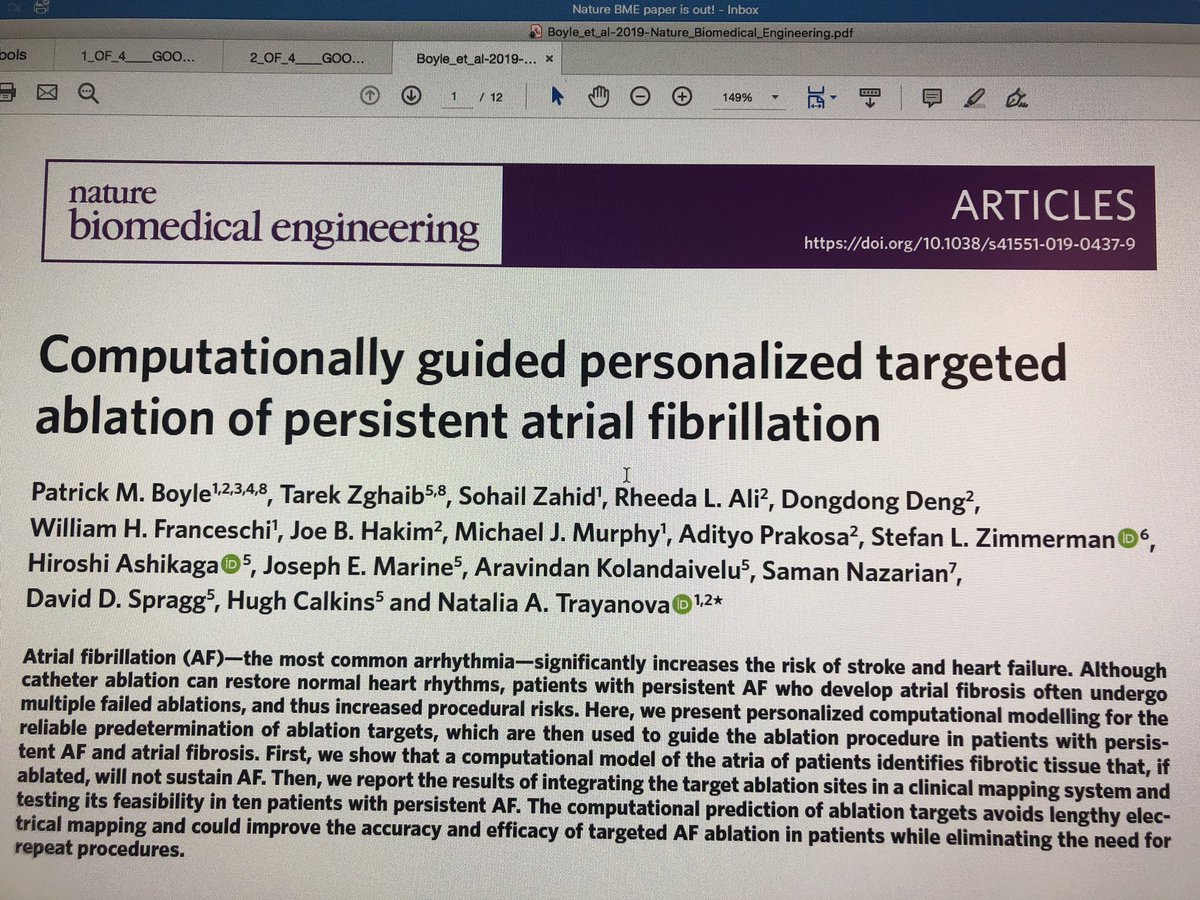 Oliver Monfredi Olivermonfredi Twitter
Oliver Monfredi Olivermonfredi Twitter
 Cervical Radiculopathy M54 12 723 4 Eorif
Cervical Radiculopathy M54 12 723 4 Eorif
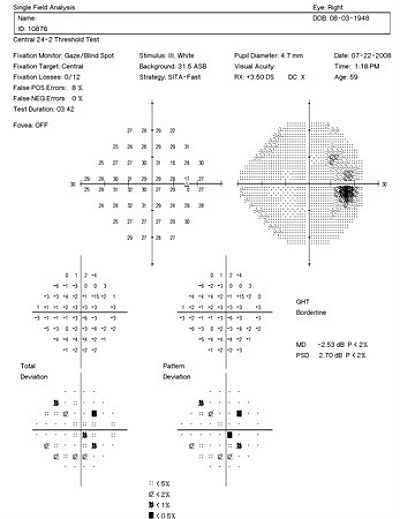 Normal Tension Glaucoma Moderate Damage Decision Maker Plus
Normal Tension Glaucoma Moderate Damage Decision Maker Plus
Icd 10 Cm C M September 2016 Diagnosis Agenda
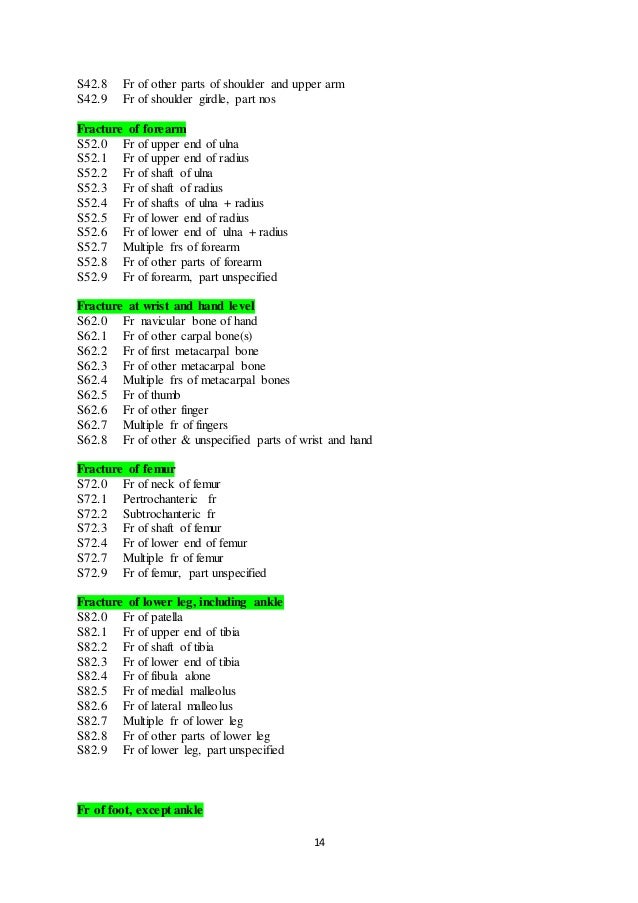



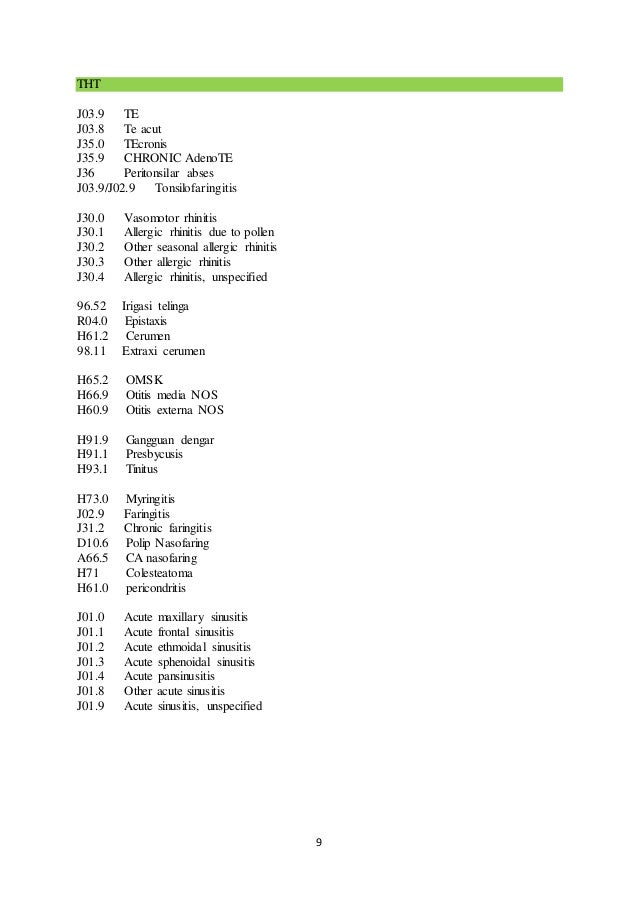
0 Response to "Kode Icd 10 Stemi Inferior"
Post a Comment